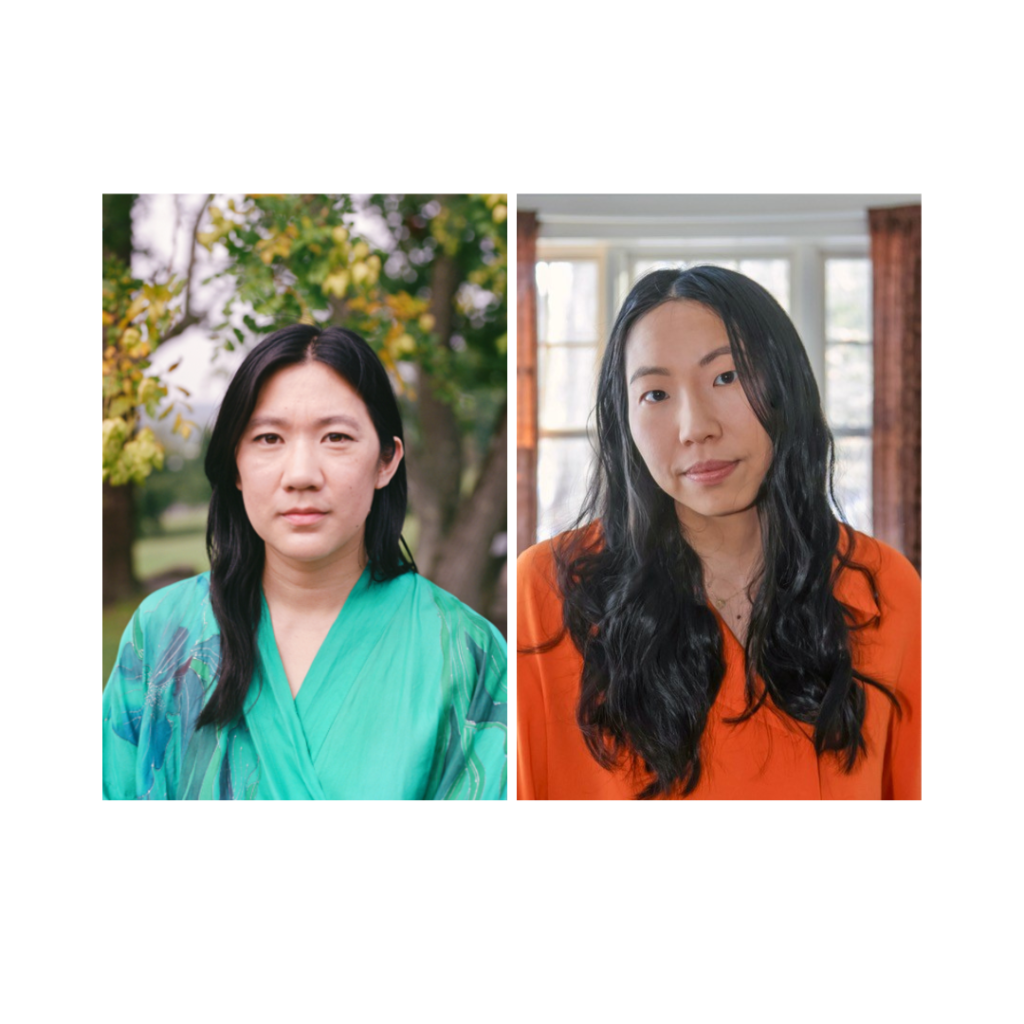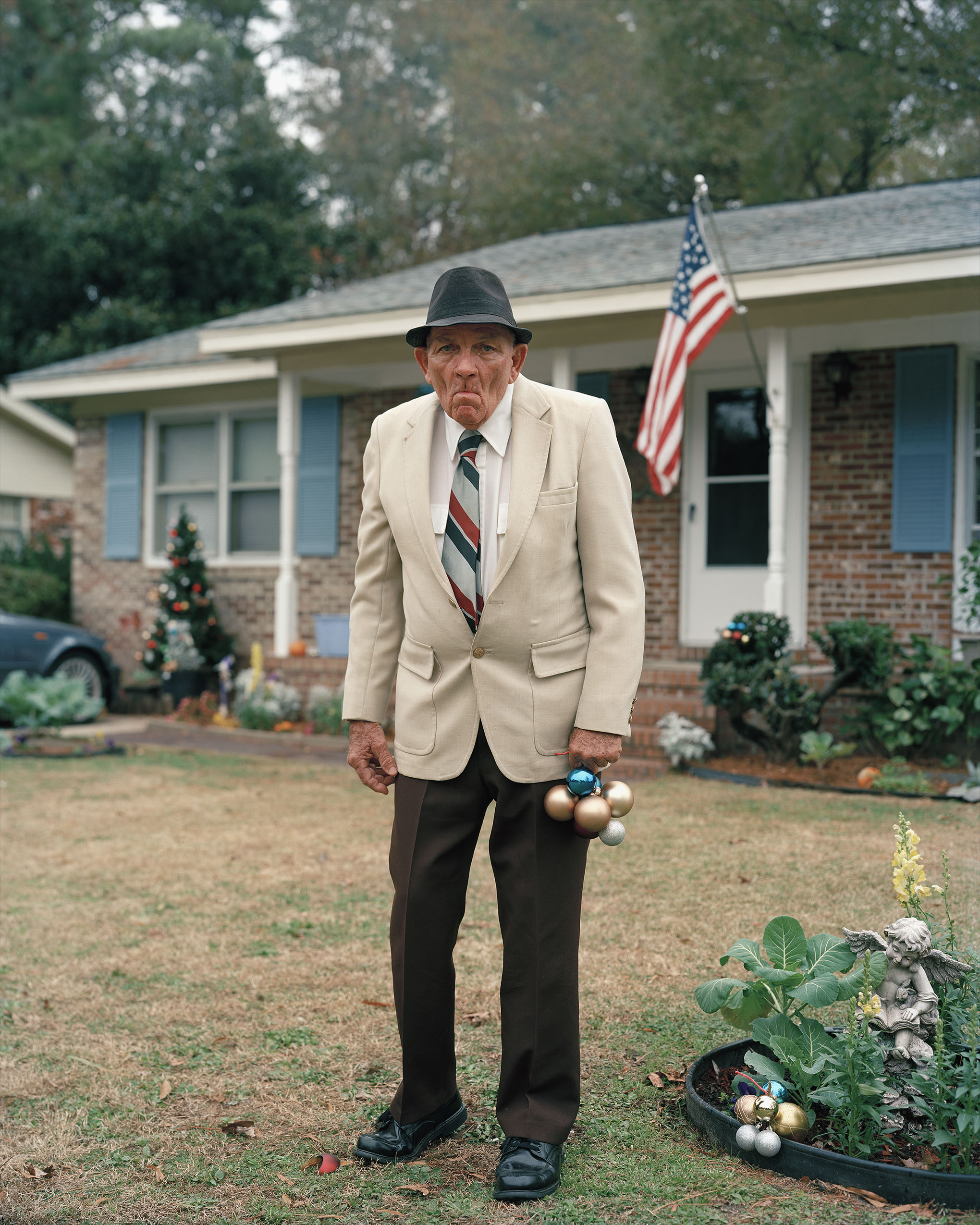Interview with Diana Khoi Nguyen and Cindy Juyoung Ok
8 Minutes Read Time
8 minutes read time

Assistant Editor Andy Sia: Diana Khoi Nguyen and Cindy Juyoung Ok join us next week for the Visiting Writers Series here at UC. Diana and Cindy will read their work on Tuesday, September 17, 2024, 5:30 p.m., in the Elliston Poetry Room on the fourth floor of Langsam Library. Their reading is a part of Rootwards, a joint tour of Root Fractures and Ward Toward.
I have long admired both Diana and Cindy’s work, and loved thinking about the threads between the two. I asked them both a few questions:
Hi Diana and Cindy! Thank you for taking the time to speak with us. You have been going on a joint book tour for Root Fractures and Ward Toward. Could you talk about what animated the decision to read together and what this process of reading together has been like?
DKN: Of course! Thank you for your interest in us, in Rootwards! Early on, I was so excited about Cindy’s debut coming out and noted the similar time frame of our two books’ publication dates. I’m an introvert and don’t love self-promotion, and Cindy wasn’t on social media (my own IG account has been on permanent hiatus since March 2020), and we were discussing general possibilities for promoting a book. It’s nerve-wracking to be public-facing amidst strangers, and it naturally made sense for us to join forces. I felt and continue to feel enthusiastic in celebrating Cindy Juyoung Ok’s Ward Toward, and I think the feeling was mutual. Why not join forces to celebrate each other, especially when I am not so good at celebrating myself?
CJO: Half the emails, twice the fun… touring together emphasized the spontaneity and sweetness of poetry readings. I had long loved Diana’s first book Ghost Of, and when Root Fractures, her second collection, was done, she discussed her decision between publishers with me in the same period when I shared with her that I was submitting the book I hoped would be my first to just one press. Three months later, we both had publication dates of early 2024 and imagined sharing these books together, letting them bring us, rootward, to our favorite friends, cities, and bookstores.
Both of you employ collaging and found poetry techniques. Diana, you work in family portraits, vignettes and stories, and snippets of dialogue to think about war, genealogy, and loss. I love the analogy of Root Fractures as kintsugi, which seems apt. Cindy, similarly, you work with an array of found sources. You stitch together directions for fortune from various family members, your mother’s emails, and your former therapist’s notes across different poems in your exploration of care or the lack of. Could you speak on collaging or assemblage as a mode of writing or inquiry?
DKN: My compositional practice has always been rooted in collage and assemblage. I once read in an interview that Mei-mei Berssenbrugge composes by first going on long walks in horizontal terrains (first in Alaska and then later in New Mexico, where she now lives). On these walks, she’d take pictures of things, or pick up items (if it was okay to do so), foraging things, essentially. When she got home, she’d lay everything on a dining room table, adding cut up quotes from philosophy or theory that she was reading at the time. And then, I imagine her engaging in a kind of poetry-augury—she’d pick up some items and words and compose a first line to a poem, then another, and another. And in this way, she’d arrive at a very early first draft which gave seed to later drafts that may not resemble the items on that table at all.
I collect, gather, forage—from my own walks in nature, taking pictures, borrowing little rocks. There’s something invigorating about foraging without any purpose in mind: to pause and collect because one is moved to. It feels really pure and helps me to tune into my environs. Then at home, I gather some other materials: pieces or moments in personal and family archives that are speaking to (or haunting) me. And I lay everything out. Then I feel like the items and materials I have gathered collaborate with me to produce something—a way of looking, listening. Words that want to manifest on a page. It is like collage at times, and also like a kind of auto-ethnography. Documenting what I’m thinking and feeling as I’m trying to pay attention to my materials.
CJO: “Stitch” is apt here: the quick but immediate pain that we know will pass, associated with the resolution, by seam, of fabric or any material’s aloneness or uselessness. There are so many texts, sayings, forms of communication that perturb me, and I want to, in my way, perturb them. Possession, prayer, vengeance, attestation, regret, infatuation: gathering can be any of these when veneration’s veneer is removed.
The house—and by extension, rooms—seems like a central motif in both of your books. Cindy, you explore the ways in which the ward, as in psychiatric and abusive systems, restrain and harm bodies. In a more general sense, you record movement within constraining rooms, writing “I’m sorry we need to be bodies here, five doors in/a closed round, the words we cross a swarm/from which I am wrung. As I, wrong, form.” Diana, I am moved by this particular moment when the voice sweeps a dead bee off the windowsill of the bathroom “into the trash with my palm, a motion captured in the dust/like afterimage.” The house functions almost like a camera here, capturing (witnessing?) a moment. What does the house, or what do rooms, mean to you?
CJO: Stanza and camera both mean “room” in Italian so maybe the question has its answer: the potentially beautiful, potentially violating knowledge that both places and people can hold. Poems make and unmake rooms that seem to pass by. And still, ultimately like poets, where “camera” comes from, the camera obscura, did not record.
DKN: Home is the enclosure for physical memories, and it’s a place I visit in my mind, via Google Maps, and try to arrive at via family archives (photographs, home videos). I can visit it today, but it’s not the same as I recall it, so I’m more interested in the moments from memory that arise unbidden—the fragmented parts of a house which remain. I think all the time about how our voices only disappear in any space because physical structures (walls, sofas, books) and people’s bodies absorb the sound waves. Yes, the house is a record of what it has witnessed, but it has also absorbed all the sound waves of its inhabitants and visitors.
Both of you are teachers as well as writers. Diana, I had the pleasure of teaching some of your poems at the Young Writers Workshops at Kenyon this summer. Cindy, I am excited to teach your work in the future! What advice do you have to writers, particularly young or emerging writers?
DKN: That means a lot that you shared my work with the young writers, Andy. I hope the work connected with them. My main advice is to dare to be wild, to be feral—in life, and on the page—or what is the page, what can be a page? Can a page be a video, a giant textile canvas, an audio recording? Try to get back to the pure instinct of discovery and creating because it feels good—without worrying about any of the literary “business” side of things. Try to scare yourself! I think Pina Bausch says that to her dancers in the Wim Wenders documentary—she tells them, “I want you to scare me.”
CJO: Being a writer seems to me unrelated to what my students and I do, happenstance given my interest in their work, in what happens between them and books, them and each other. I did not seek advice from writers, especially on writing, and when it is asked of me, the asker is often communicating some anxiety about how to be a person or whether their writing is serious or interesting or distinctive. Still, I answer (to no one it can help): Take care of your friends and their writing, protecting their desire to continue most of all. This may also be yours. Read surprisingly and write irregularly. Do not erase anyone’s horror for your convenience. Be a traitor to the power you have and a critic of the power you want.
A poet and multimedia artist, Diana Khoi Nguyen is the author of Root Fractures (2024) and Ghost Of (2018), which was a finalist for the National Book Award. Her video work has been exhibited at the Miller ICA. Nguyen is a MacDowell and Kundiman fellow, and a member of the Vietnamese artist collective, She Who Has No Master(s). She’s received an NEA fellowship and awards from the 92Y “Discovery” Poetry and 2019 Kate Tufts Discovery contests. She teaches in the Randolph College Low-Residency MFA and is an Assistant Professor at the University of Pittsburgh.
Cindy Juyoung Ok is the author of Ward Toward from the Yale Series of Younger Poets and an Assistant Professor in the MFA at the University of California Davis. A former high school physics teacher, she has been a MacDowell Fellow, Kenyon Review Fellow, and Lambda Literary Fellow.
